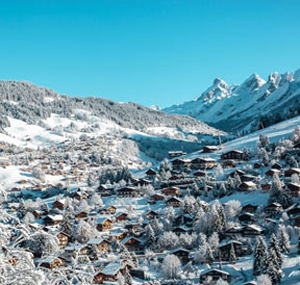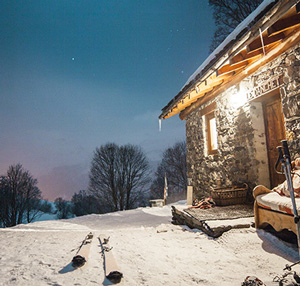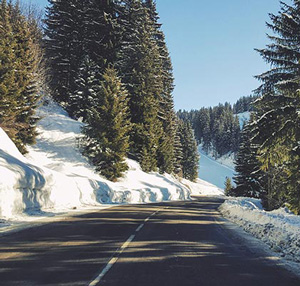How To Prep Your Skis For Indoor Slopes

Don't let the current uncertainty over traveling abroad ruing your skiing plans for the winter; there are surprisingly many ways to enjoy the sport closer to home. Snowdomes offer a fantastic opportunity to fine-tune your technique and build excitement for your next trip. Follow our tips to make the most out of your visit by preparing your skis for indoor slope conditions.
Over the last 15 years the number of indoor slopes in the UK has exploded; from the humble beginnings of Tamworth, the first indoor real snow slope in the UK, to six centres across Britain. For most people, especially those in England, travelling to get some real snow action involves only a maximum of a couple of hours' drive!
The slopes may not be massive in length but they are a great resource for learning, developing racing and freestyle talent and generally having fun on.
The indoor hills vary in price throughout the year and you normally only head on for a couple of hours. One of the best ways to make the most of your limited time on the snow is to make sure your gear is correctly set up for indoor conditions.
Slope Temperature
The snow on indoor slopes is generally maintained between -2C to +4 C. These are warm snow conditions which require High temperature wax to get the best performance out of your ski or snowboard.
Slope Speed
The relatively short length of the slope, slope gradient and number of skiers on the slope limits the speed you can safely ski at. It is sometimes useful to adjust your ski bindings to a slightly lower release setting. Travelling at a slower speed means you won't be generating enough force to release your boot from your binding which can cause injuries. It is far better to release early from your ski rather than be stuck in the binding when you fall.
Freestyle Park Sessions
Every indoor slope has a freestyle night where they transform the slope into a series of jumps, rails and obstacles for skiers to devour. If you go to these nights or want to start going it is useful to de-tune your edges in order to avoid the dreaded edge catch. This is where your edge digs into the rail or box you are travelling along and stops instantly, flipping you onto the ground (often painfully!)
How to detune your edges
1. Gently rub a chrome file at 45 degrees around the tip and tail of skis (this part of the ski edge is not used) up to the contact points (these are highlighted in green in the diagram) then follow this with a pass of a gummy stone to remove any burrs formed by the rough chrome file.
2. Repeat the process but pass the chrome file over the edge length of the binding and then about 8 inches in front and behind the binding. Makes sure to not file the contact points as you need some grip there to turn with.
The more time you spend at freestyle nights and in park the more you can round your edges but be aware that round edges do not turn well on pistes. Also once an edge has been rounded to a certain point you will struggle to make it sharp again.
Freestyle features
It is sometimes hard to get enough speed to jump onto rails, reach the landings of jumps and turn effectively on a freestyle night. A quick pass of some Zardoz over your base before you start a session will sort this out.









